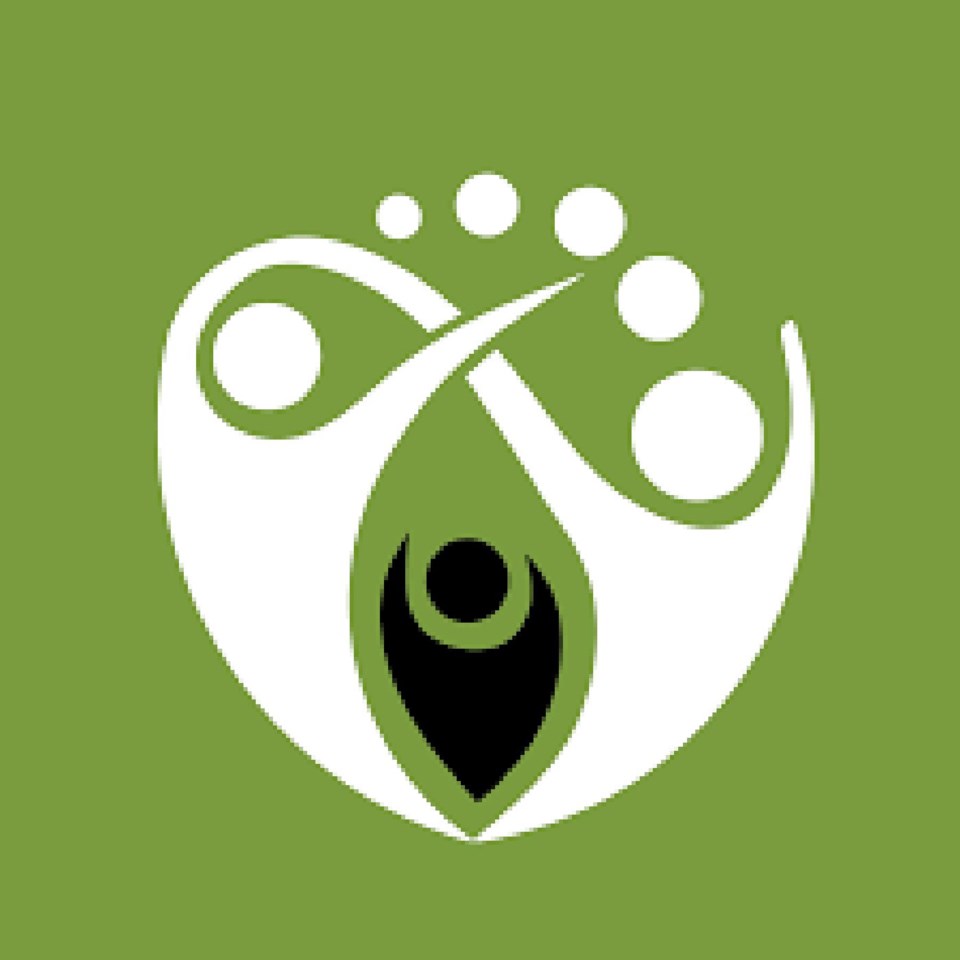PRINCE ALBERT — The Saskatchewan Prevention Institute has launched a new campaign to raise awareness and increase knowledge about the dramatic rise of syphilis in the province, while also encouraging testing and treatment.
The Let’s Talk about Syphilis campaign includes Saskatchewan-wide messaging shared through online and traditional media, including billboards, radio, bathroom ads, and more.
“People need to know that syphilis is here, and anyone having unprotected sex is at risk for syphilis,” said Jasmin Ogren, the Prevention Institute’s Sexual and Reproductive Health Program Coordinator. “But, they also need to know how easy it is to get tested, treated, and ultimately, cured. Doing so will help to stop the spread of syphilis and protect babies.”
The increase of syphilis infection rates corresponds with an associated rise in cases of congenital syphilis, which can cause disability and even death in newborn babies, according to Ogren.
“Our goal is healthy children,” Ogren said. “Syphilis is preventable. Congenital syphilis is preventable. We need to get the message out that syphilis is back, and that all it takes is a quick blood test and simple antibiotics to cure the infection.”
Syphilis infections in Saskatchewan have increased substantially since 2016, at rates routinely two and three times higher than the national rate. The Saskatchewan’s Ministry of Health reported 1,940 cases in 2021, up from 924 in 2020.
The rate is even higher for the province’s northern Indigenous population, according to Northern Inter-Tribal Health Authority (NITHA) Medical Health Officer Dr. Nnamdi Ndubuka.
The syphilis infection rate in northern Sask. First Nation communities currently stands at roughly 1,288 per a population of 100,000. In 2019, there were around 40 cases of the sexually transmitted disease per a population of 100,000.
This is an increase of over 3,000 per cent since Indigenous Services Canada first declared an outbreak for north-central Saskatchewan four years ago, and an increase of over 300 per cent since 2021.
“It’s quite an exponential increase in the number of cases reported in native communities,” Ndubuka said. “This is quite concerning for us.”
Ndubuka mentioned that there are more reported syphilis cases in women than men, putting women of reproductive age at a higher risk of giving it to their unborn babies if they become pregnant, potentially causing birth defects or stillbirths.
“We’re really focusing our efforts to ensure that pregnant women attend the prenatal clinics early and get the care that they need,” said Ndubuka. “If they are diagnosed with syphilis in pregnancy, we can provide them with prompt care and support in terms of routine testing and treatment to prevent transmission.”
There are a variety of factors that are contributing to the rise of sexually transmitted infections in northern communities, the most common being a lack of condom use, sexual contact with a known case, having multiple sexual partners, and the use of substances like alcohol or illicit drugs.
Ndubuka said it’s important to let the public know that while syphilis is very transmissible, it’s also curable and the treatment is available free of charge in all Saskatchewan First Nation communities.
“It’s important that we all reduce our risk,” he added.




